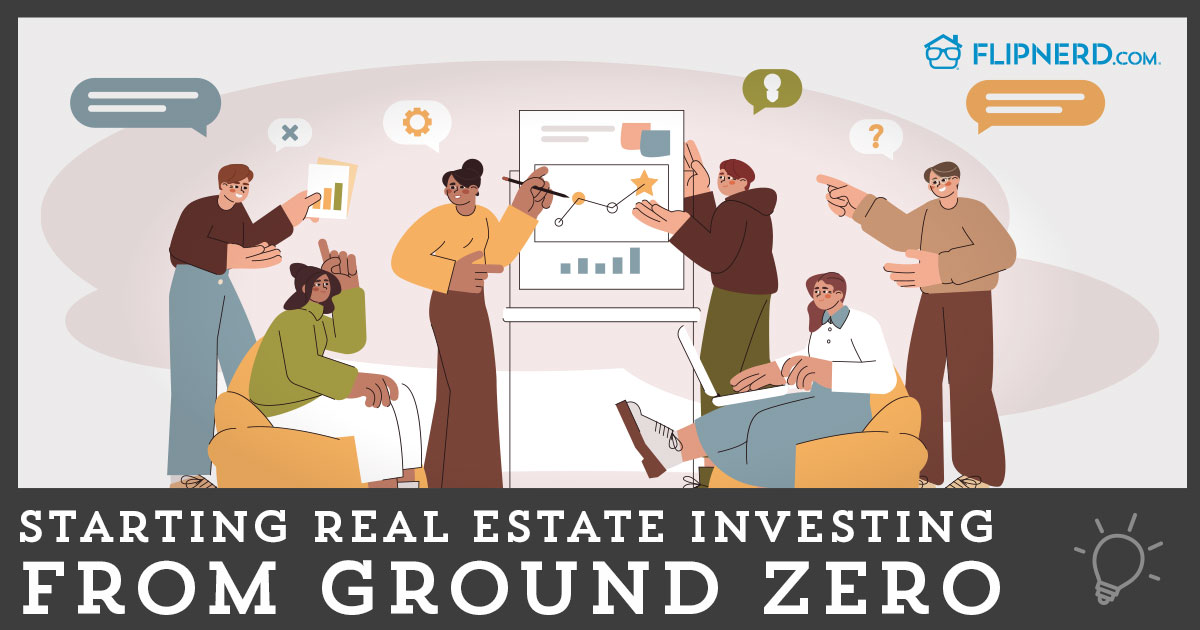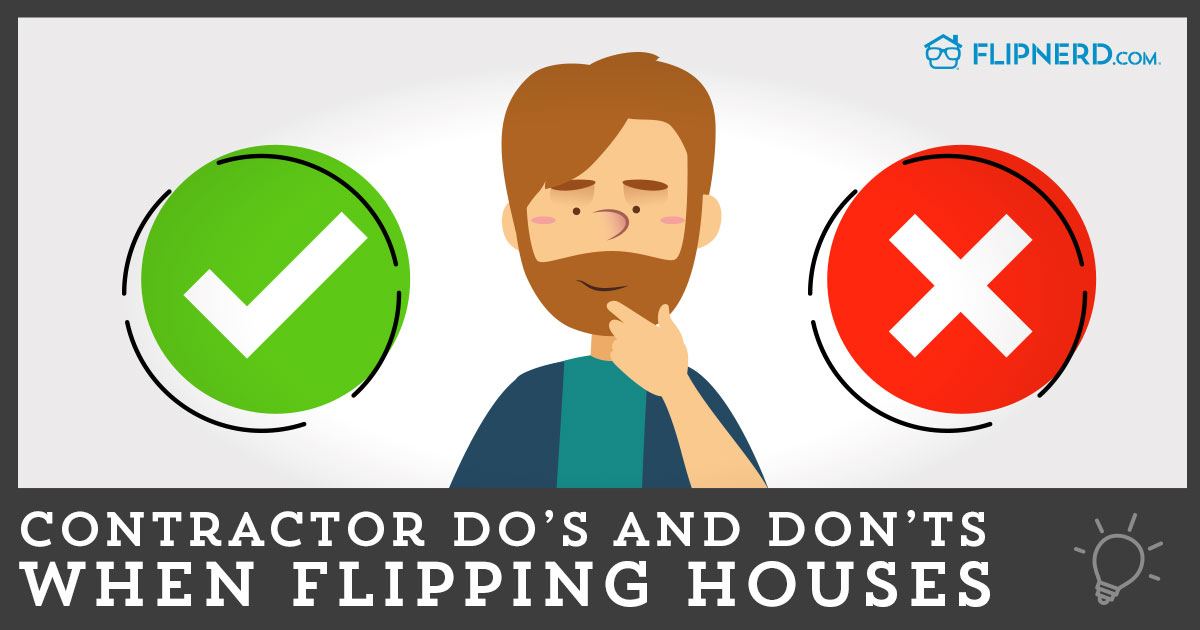When you’re looking for a property to purchase as an investor, everyone has their own way of finding discounted deals. From cold calling to direct mail to being on a cash buyers list, there are different strategies to fit different business models.

Being the first investor in the pipeline is going to allow you to purchase at the lowest price.
This means getting motivated sellers on the phone and sitting down to meet with them.
From there, you can decide if you want to wholesale it to another investor, rehab it, or hold onto it as a rental property. If you’re going to wholesale it, the price you’re offering the the next investor should include your profit for the deal.
For example, you meet with 72-year old Nancy at her house after she calls you about buying her house. You let her know you buy properties at a discount but can close quickly and this works for Nancy.
After meeting with Nancy, you offer $75,000 for her house. Her house is worth about $160,000 and needs $30,000 in repairs.
You close on the property and start marketing it to your cash buyers list at $98,000.
Depending on the exit strategy for another investor, this might still be profitable for them.
You’re making roughly $16k-$20k after closing costs, holding costs, and any financing fees, but it was a quick and easy deal. If you had rehabbed it, it would have taken longer to close, had more risk involved, but would have also made you an extra $20k-30k in profit.
The next investor, we’ll call him Fred, who buys the property at $95,000 puts in only $10,000 in fixing it up because he plans on making it a rental property. This might still be a good deal for him when he’s pulling in $1,200 a month in rent which is over the 1% of value standard.
Consider if Fred had wanted to wholesale the property as well. He bought at $95,000 and it needs $30,000 in repairs. That’s around 78% of ARV minus repairs which is a THIN margin on profit.
Why did Fred have to pay the $95,000?
Because he had a middle person that needed to make profit too.
When you buy from another wholesaler, you aren’t getting the lowest cost for the property.
So why do investors buy from other investors?
Simply put, they’re deals given to you on a silver platter. They’ve found the deal and are marketing it to their list to find a new buyer.
If you want to get the lowest possible price with no middle man, you should be marketing to motivated sellers and going on as many appointments as possible.
This way your room for profit is highest.
If you don’t have as much time and don’t mind making less money per deal, than finding properties from other wholesalers isn’t a bad way to go.

Buying from a motivated seller takes marketing, time, and patience, but allows for the highest opportunity to make a great profit.
Buying from another wholesaler is a bit easier, requires less legwork, but doesn’t always allow you to buy low enough for a great profit.
Sit back and analyze the goals you’ve set for your business, the time you’re able to dedicate to your business, and what strategy makes sense for you.









